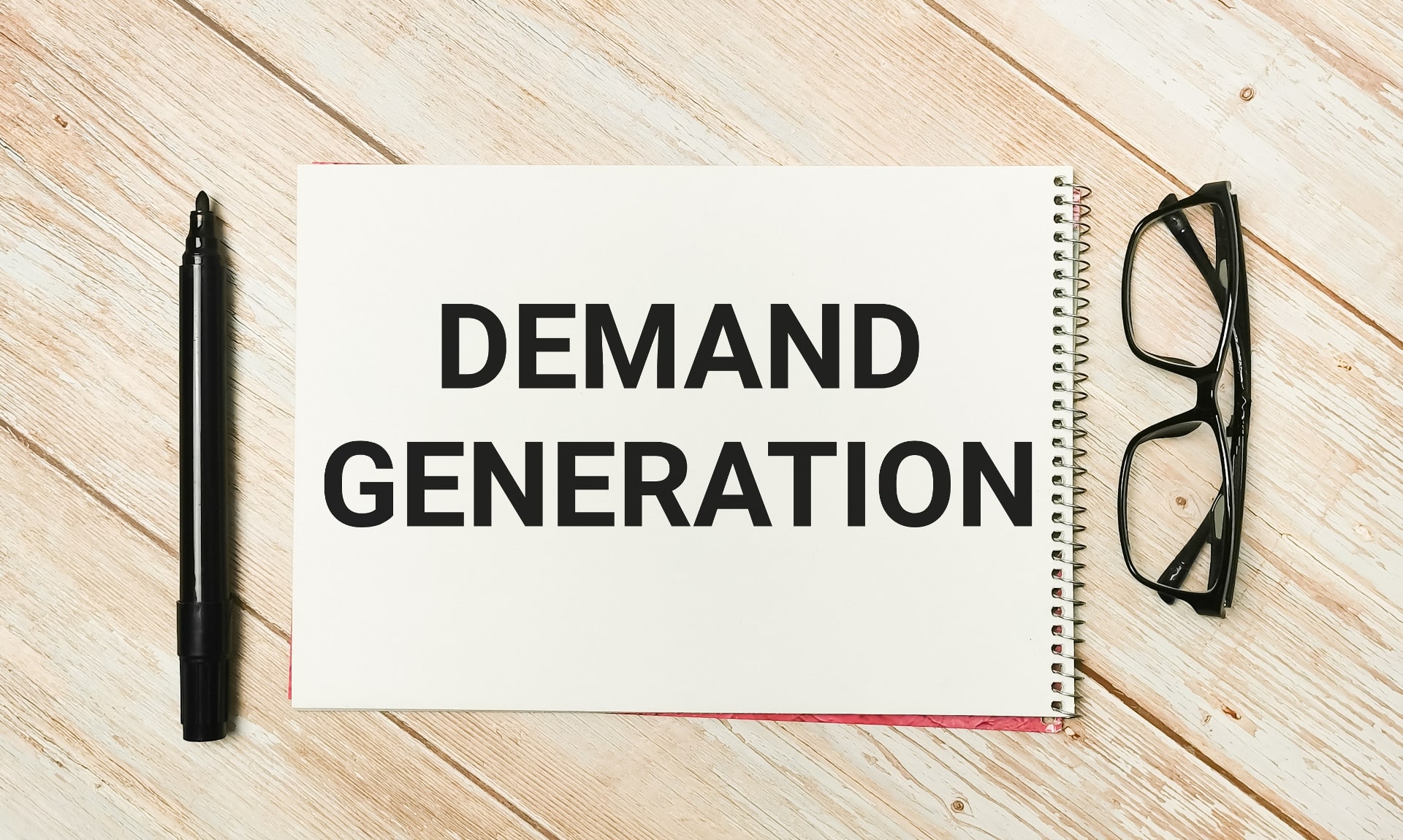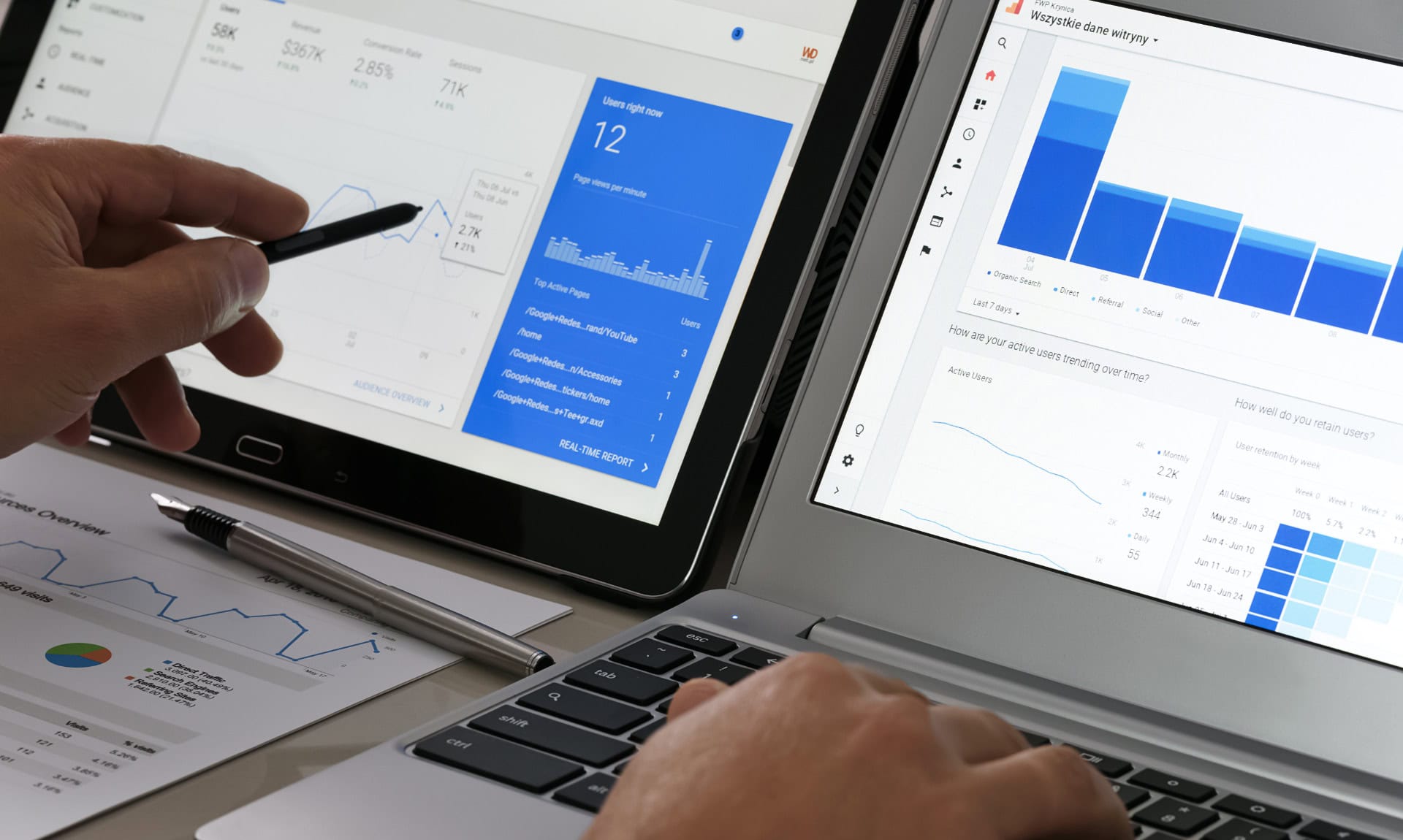
Demand Generation: Complete Guide for 2024
Demand generation stands at the heart of strategic growth for businesses across industries, seamlessly bridging the gap between brand awareness and revenue generation. At its core, demand generation marketing orchestrates a comprehensive process designed to attract, engage, and convert potential customers.
Understanding what demand generation is and how it works is crucial for marketers aiming to drive sustainable business growth.
What Is Demand Generation?
Demand generation is a strategic marketing approach aimed at generating interest and demand for a company’s products or services.
It encompasses a variety of tactics including content marketing, SEO, and email marketing, to nurture leads throughout the buyer’s journey. The goal is to not only attract potential customers but also to convert them into loyal advocates, thereby driving sustainable business growth.
Before we continue, keep in mind this article focuses on demand gen, broadly. If you’re in the B2B space, we recommend reading our B2B demand generation article for some more targeted advice.
Demand Generation vs. Lead Generation
Lead generation focuses on capturing potential customers’ contact information to nurture them into sales opportunities.
In contrast, demand generation aims to create awareness and interest in your products or services to drive customer engagement.
- Learn more about demand generation vs lead generation.
Demand Generation vs. Growth Marketing
Growth marketing involves using data-driven strategies to optimize and scale a business’s overall growth through customer acquisition, retention, and expansion.
Unlike demand generation, growth marketing encompasses a broader range of activities beyond just creating interest and awareness.
- Learn more about demand generation vs growth marketing.
Demand Generation vs. Account-Based Marketing
Account-based marketing (ABM) targets specific high-value accounts with personalized campaigns to drive sales and engagement within those accounts.
Demand generation differs by targeting a broader audience to create overall market interest and awareness.
- Learn more about demand generation vs account-based marketing.
Benefits of Demand Generation Marketing
Demand generation marketing offers a myriad of benefits that can significantly impact a company’s growth trajectory and market presence.
1. Increased Brand Awareness
By strategically positioning your brand across various platforms and through targeted content, demand generation marketing amplifies your brand awareness and visibility. This widespread recognition sets the stage for deeper customer interactions and conversions.
2. Higher Quality Leads
Demand generation’s focus on educating and nurturing potential customers ensures that the leads passed onto sales are well-informed and more likely to make a purchase. This approach increases the efficiency of the sales process and boosts the likelihood of conversion.
3. Improved Customer Engagement
Through personalized and value-driven content, demand generation strategies foster stronger relationships with potential and existing customers. This sustained engagement builds trust and loyalty, encouraging ongoing interaction with the brand.
4. Enhanced Sales Pipeline
By providing a steady stream of educated leads, demand generation helps in maintaining a healthy sales pipeline. This continuity is crucial for predictable sales performance and long-term business stability.
5. Greater Revenue Growth
Ultimately, the culmination of these benefits leads to an increase in closed deals and customer acquisitions, directly contributing to greater revenue growth. Demand generation not only fuels the sales engine but also supports scalable and sustainable business expansion.
How Does Demand Generation Work?
Demand gen orchestrates a systematic approach to connect with and convert potential customers through a multi-step process that nurtures relationships at every stage of the buyer’s journey. The step-by-step demand generation process looks something like this:
- Step 1 – Identify Target Audience: Begin by defining and understanding your ideal customer profiles and their needs, interests, and pain points.
- Step 2 – Content Creation: Develop valuable, informative content tailored to address the identified needs and interests of your target audience.
- Step 3 – Multi-Channel Promotion: Distribute content across various channels (social media, email, blogs, etc.) to maximize reach and engagement.
- Step 4 – Lead Capture: Use targeted content and compelling calls-to-action (CTAs) to encourage potential customers to share their contact information.
- Step 5 – Lead Nurturing: Employ email marketing and targeted campaigns to provide further value, building trust and moving leads closer to a purchasing decision.
- Step 6 – Qualification and Scoring: Assess lead readiness to buy through scoring models, focusing sales efforts on those most likely to convert.
- Step 7 – Sales Handoff: Seamlessly transition qualified leads to the sales team with all necessary background information for personalized follow-up.
- Step 8 – Measurement and Analysis: Continuously monitor campaign performance and adjust strategies based on data-driven insights to improve future demand generation efforts.
- Step 9 – Customer Retention and Advocacy: After conversion, focus on retaining customers and turning them into brand advocates through continued engagement and support.
Demand Generation Channels
We’ve discussed it briefly before, but here are the most common demand generation channels businesses use to reach their target audience:
- Content Marketing: Blogs, whitepapers, e-books, and videos that provide valuable information to your target audience.
- Email Marketing: Targeted email campaigns that nurture leads with personalized content and offers.
- Social Media: Platforms like LinkedIn, Twitter, and Facebook for engaging with prospects and sharing content.
- Search Engine Optimization (SEO): Optimizing website content to rank higher in search engine results and attract organic traffic.
- Pay-Per-Click (PPC) Advertising: Paid ads on search engines and social media platforms to drive targeted traffic.
- Webinars and Virtual Events: Online events that provide valuable information and opportunities for engagement with potential customers.
- Trade Shows and Conferences: Physical or virtual events that allow direct interaction with a large number of potential leads.
- Referral Programs: Encouraging existing customers to refer new clients in exchange for rewards or recognition.
- Influencer Marketing: Collaborating with industry influencers to expand reach and credibility among target audiences.
- Direct Mail: Sending physical promotional materials directly to prospects to stand out in a digital-heavy marketing world.
- CTV & OTT: Use CTV advertising and OTT advertising to reach consumers on streaming video content, programmatically. These streaming advertising platforms provide the reach of traditional TV advertising with the measurement capabilities of a performance marketing channel. Learn more about CTV and OTT.
B2C vs. B2B Demand Gen: What’s the Difference?
B2C and B2B demand generation differ primarily in their target audiences and the complexity of their sales cycles.
B2C demand gen often focuses on broader audience engagement strategies, leveraging emotional and impulse-driven purchasing behaviors with shorter sales cycles.
In contrast, B2B demand gen involves a more detailed and educational approach, targeting specific business needs and decision-makers within a longer sales cycle, requiring a more nuanced and relationship-focused strategy.
Demand Gen Metrics and Measurement
To gauge the effectiveness of your campaign, it’s essential to track a comprehensive set of demand generation metrics and KPIs that reflect progress across the entire sales funnel.
- Website Traffic: Total visits to your site, offering insights into brand awareness and the effectiveness of your content and SEO strategies.
- Lead Generation: The number of new leads captured through your demand generation activities.
- Conversion Rate: The percentage of website visitors or leads that take a desired action, indicating the effectiveness of your calls-to-action and overall conversion path.
- Customer Acquisition Cost (CAC): The total cost of acquiring a new customer, helping to evaluate the efficiency of your marketing efforts.
- Return on Investment (ROI): Measures the profitability of your demand generation campaigns, comparing the revenue generated to the cost of the campaigns.
- Sales Pipeline Growth: The increase in qualified leads and opportunities within your sales pipeline, indicating the potential for future revenue.
- Lead Velocity Rate (LVR): The month-over-month growth rate of qualified leads, showing the momentum of your demand generation efforts.
- Customer Lifetime Value (CLV): The total revenue a business can expect from a single customer account, highlighting the long-term value generated by demand gen activities.
- Engagement Rate: The level of interaction with your content, including clicks, shares, and comments, indicating the relevance and impact of your content on the audience.
- Email Marketing Performance: Digital marketing metrics such as open rate, click-through rate, and conversion rate from email campaigns, assessing the effectiveness of email as a demand gen channel.
Demand Generation Best Practices
Adopting best practices in demand gen not only amplifies your marketing efforts but also aligns them with your sales goals for optimal results. Some of the top demand generation strategies include:
- Align Sales and Marketing Goals: Ensure that both teams work towards common objectives, using shared metrics for success.
- Understand Your Audience: Deeply research and segment your target market to tailor your messaging and campaigns effectively.
- Create High-Quality Content: Develop engaging, informative content that addresses the needs and interests of your audience at every stage of the buyer’s journey.
- Utilize Omnichannel Marketing: Spread your efforts across various channels (social, email, content, PPC) to reach your audience where they are most active.
- Leverage Marketing Automation: Implement automation tools for more efficient lead nurturing, scoring, and follow-up processes. (See our full list of demand generation tools.)
- Focus on SEO: Optimize your online content and website for search engines to increase visibility and attract organic traffic.
- Engage in Social Selling: Encourage your sales team to use social media marketing to connect with and warm up potential leads.
- Monitor and Analyze Performance: Regularly review your metrics and KPIs to understand what’s working and what needs adjustment.
- Continuous Optimization: Use insights from your data to refine your strategies, content, and campaigns for better performance over time.
- Foster Customer Advocacy: Turn satisfied customers into brand advocates to leverage word-of-mouth and referrals for more authentic demand generation.
Need more inspiration? Check out these demand generation examples.
Demand Gen Examples
Demand generation campaigns can take various forms, each designed to attract and engage potential customers at different stages of the buying journey. Some demand gen ideas from well-known brands include:
- HubSpot: Leveraged its inbound marketing strategy by offering a wealth of free educational content, including blogs, e-books, and webinars, establishing itself as a thought leader in the marketing space.
- Salesforce: Used targeted email marketing campaigns combined with valuable content offerings, like free trials and demos, to attract and nurture leads.
- Adobe: Engaged its audience through creative campaigns and tutorials that showcase the capabilities of its products, encouraging users to explore its suite of software.
- Airbnb: Boosted demand by sharing compelling stories from hosts and travelers, using social media platforms to showcase the unique experiences available through its service.
- Slack: Grew its user base by focusing on word-of-mouth through its referral program, rewarding users for inviting their team to join the platform.
- Spotify: Personalized email campaigns that recommend music based on the user’s listening habits, driving engagement and subscription upgrades.
- Dropbox: Offered extra storage space for both the referrer and the referred, encouraging users to spread the word and drive new sign-ups.
- Nike: Launched inspirational marketing campaigns that resonate with its audience’s lifestyle and aspirations, driving demand for its products through emotional connection.
- Tesla: Generated demand for its electric vehicles through high-profile launches and by positioning its CEO, Elon Musk, as a visionary leader, creating buzz and anticipation for new models.
- Google: Continuously releases useful, free tools like Google Analytics and Google Trends, attracting users to its ecosystem and creating demand for its advertising and business solutions.
Demand Generation: Final Thoughts
Demand generation is essential for digital marketing success, bridging the gap between brand awareness and customer acquisition.
By utilizing strategies from content creation to omnichannel marketing, businesses can attract and convert leads, driving sustainable growth. Adaptation and refinement of these strategies are key to keeping pace with market changes, ensuring a competitive edge.
News Via Inbox
Get our monthly report on all the latest and greatest trends in digital marketing.



